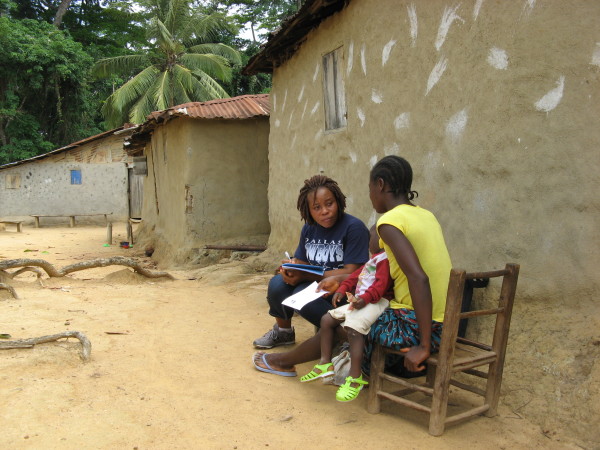DHS eLearning Course Updated
How much can change in 4 years? I asked myself as I prepared to update the Demographic and Health Surveys (DHS): Data Use eLearning course. I thought I’d spend a day or two updating the links to reflect our new project name and websites, add a quick page on our new web tools and push out a new course in no time. But once I started reviewing the four-year-old content, my document of revisions reached 15 pages. How had this happened? The DHS Program is known for its standard methodologies and consistency over time. How could the introductory two hour course on the DHS need such an overhaul after only four years?
The DHS: Data Use course provides an overview of the Demographic and Health Surveys. It covers many different topics such as:
- Basics of survey design and implementation
- The demographic and health statistics
- Practice reading DHS tables
- Protocol and implications of testing for HIV in a population-based survey
- Tips for communication
- Using DHS data for programs and policy making
And while most of this information hasn’t changed conceptually, shifting data needs and improving technology have changed the way we do surveys.
New topics and data needs: Five years ago, most DHS surveys focused on malnutrition as stunting and wasting. Now, in many countries, our focus is on overnutrition. Five years ago, we were talking about how to measure trends in HIV prevalence. Now we are moving towards measuring HIV incidence, and even viral load. Five years ago, many countries were concerned with reporting MDG data. Now we work with partners to identify the next set of indicators that will track global progress towards health and development.
New technology. Five years ago, a few countries had experimented with computer-assisted interviewing in DHS surveys. This has now become the norm, with some countries even editing data in the field and transferring files electronically for immediate quality checks. Technology has also changed the way we communicate DHS data and support data use. The DHS Program Mobile App, User Forum, and many social media platforms did not exist when the course was first developed in 2010. The STATcompiler and Spatial Data Repository provide data visualization tools that go far beyond basic data tables, helping people see patterns in data and encouraging use by less technical audiences.
New project. Five years ago, we were MEASURE DHS. In October 2013, MEASURE DHS became The DHS Program. With the new DHS project came new partners and a new priority area: capacity strengthening. The updated eLearning course describes how DHS incorporates capacity strengthening into every stage of the survey and how we are working with countries to foster country ownership of DHS data.
I can’t wait to see where the next five years takes us, as a global community. The DHS Program will be standing at the ready, eager to provide data to track our progress and our challenges, and prepared to try new techniques, ask new questions, and integrate new technology. I look forward to updating the elearning course in another several years. I’m sure I can’t even begin to imagine what some of those pages might look like.
For more information or to take the course, visit Demographic and Health Surveys: Data Use eLearning course.
As of June 2014, more than 5,900 learners had completed the DHS: Data Use course from 132 countries.



